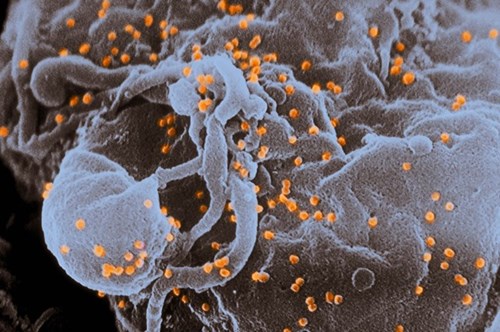-
Universities are full of smart people, many with brilliant ideas. Australian universities are very highly regarded on the world stage, with eight of the 39 Australian universities ranked in the top 150 in the world.
" Between the idea and the reality … falls the shadow"
T.S Eliot, Poet and bankerTheir global standing is reflected in the fact education is now Australia’s third-largest export industry, behind coal and iron ore, contributing $A20 billion to the economy annually.
The transition of the Australian economy from resources based to knowledge based must build on the country’s strong education platform – both for its supply of highly skilled workers as well as the innovations that come from the tertiary sector.
So, the country is well placed. But the hard part is translating research into commercial outcomes. TS Eliot said: “between the idea and the reality … falls the shadow”. In the biomedical sphere, the “shadow” between breakthrough research and bringing drugs to market is known as the “valley of death”.
To address this translation dilemma, many universities now teach innovation and entrepreneurship as compulsory subjects, particularly through the PhD programs.

UNLOCKED
Last week Monash University and the University of Melbourne, with support from the State Government of Victoria, announced a major collaboration designed to unlock Melbourne’s outstanding biomedical research capabilities in order to translate discoveries into new drugs more rapidly, increase activity and commercial returns in Australia and drive industry and sector growth.
The two universities are located in the heart of a well-established eco-system of outstanding health service and medical research institute partners. Both universities sit comfortably in the world’s top 50 in medicine and pharmacology in the latest world rankings.
But when the research strengths of the two universities are combined in the therapeutic areas of immunology, oncology and infectious diseases, they would be placed among the top 10 institutions globally. And their respective strengths are highly compatible and complementary.
Together, they offer a strong pipeline of high quality drug candidates with the potential to make a significant impact medically and commercially.
The $A80 million collaboration initiative seeks to address the persistent market failures in Australia which sees too many important discoveries fail to progress out of the lab into new cures and therapies and those that do are too often taken offshore very early in their development so that much of their value is lost to Australia.
The new enterprise, a 'venture catalyst', will be jointly owned by the two Universities but will be operationally independent under a highly skilled board. It will bring the advanced commercialisation skills and access to funding needed to address successfully the early stage “valley of death”.
The new enterprise will seek to significantly increase the flow of high potential commercialisable opportunities from the researchers’ benches through to the stage of development at which existing investors and strategic corporations are willing and able to take over.
The demand for new drugs continues to grow, with the global pharma market estimated to increase by two thirds to $US1.5 trillion in the decade to 2020, and the pharma industry now increasingly seeking to source high-quality, de-risked new medicine candidates from external sources, who it then funds through to regulatory approval, manufacturing and marketing.
This collaboration makes compelling strategic sense but importantly it shows that governments, corporations and innovators/researchers need to show leadership and be willing to take imaginative and bold steps to create the environment where the great ideas can come to life and to market.
In this instance, two universities – fierce but respectful competitors – have found a way to unlock the potential for Melbourne to be a world class pharma hub and to do so building on existing facilities and infrastructure.
It’s just one example of how economic structures need to adapt to support the new economy. The crucial lesson for unlocking the potential of innovation - the philosopher’s stone - is enabling convergence through bringing people and resources together in support of attractive shared goals.
As well as being ANZ’s deputy chief financial officer and head of finance, Shane Buggle is a deputy chancellor of Monash University’s governing Council
The views and opinions expressed in this communication are those of the author and may not necessarily state or reflect those of ANZ.
EDITOR'S PICKS
-
For three generations, the Ferguson family has been fishing Southern Rock Lobsters out of the Great Australian Bight. But they had a problem: too many lobsters were too big.
6 June 2016 -
This is an edited excerpt from the New Scientist report, Gamechangers: Automation and Artificial Intelligence.
30 May 2016 -
Not all bank technology is cutting edge. While banks actively pursue fintech, cloud solutions and core rebuilds, some financial services technology dates back to when the Concorde took its maiden flight. And some of that bank tech is still in the air.
3 June 2016
